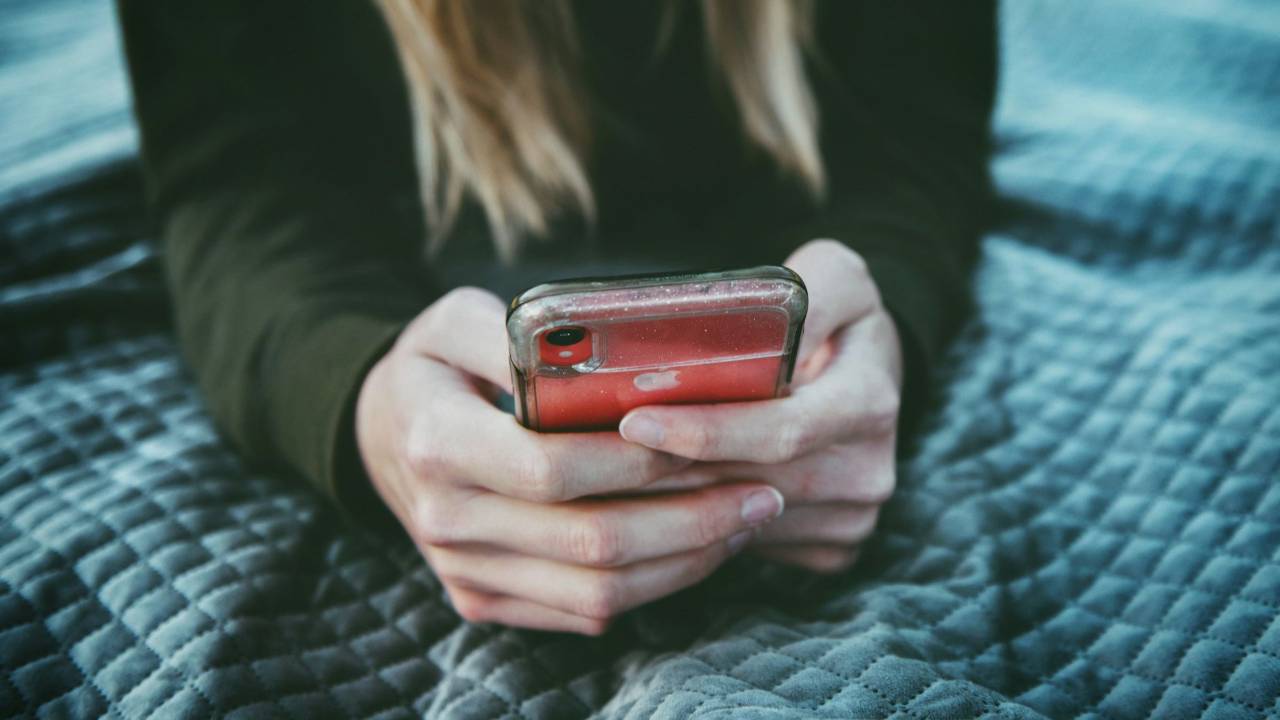Your app is lying to you. The secret to ID your ovulation fast
Mar 22, 2024
You've probably been using an app to track your cycle for years.
So it would be easy to assume your cycle has your ovulation all figured out.
Right?
Months keep passing by....
Cue the frustration and panic.
I see couples fail to fall pregnant when they rely on their tracking app.
Apps “predict” ovulation with an algorithm.
They calculate your ovulation happening two weeks before your (predicted) period.
Which is often wrong.
The poor predictions aren't your fault.
I don't know about you, but I don't remember learning about ovulation or my own unique fertile signs during school?!
Turns out, we can't fall pregnant every day of the month and finding that window is harder than we thought.
If you are relying on your app and are still not pregnant, you're probably having sex at the wrong time.
The big question is...do you have a fertility issue or a timing issue?!
Not all women have a two week luteal phase.
We aren't robots.
Our cycles, like our bodies, are unique.
Once an egg is released it has 24-48 hours to fertilized.
It's a tight window!
Knowing your unique cycle is essential to having a baby sooner.
ID your ovulation with these simple steps.
Take a big step towards pregnancy success by knowing exactly when you ovulate.
Here are the most accurate ways to identify ovulation:
- Check cervical mucus.
- Progesterone blood test.
- Ovulation predictor kit (OPK).
- Basal body temperature (BBT).
Cervical mucus is the change in discharge you see BEFORE ovulation.
Its often seen a few days before ovulation, and is a good sign its coming soon and you should start trying.
Look for a sticky or egg white type consistency.
You will often see on toilet paper or in your undies.
If you aren't noticing this change, you don't need to go looking for it.
It can be as simple as noticing a change from dry to wet.
Want to know how to increase your cervical mucus?
Keep hydrated!
It's 90% water.
A progesterone blood test is an accurate way to confirm you have ovulated.
It's also known as a day 21 test.
Because you do the test on day 21 of your "28 day cycle".
But the truth is, only 1 out of 3 women have a 28 day cycle!
Do the 'day 21 test' 7 days after ovulation.
Anything above 4nmol/L confirms you have ovulated.
But what you are really looking for is anything above 40nmol/L to know you can hold a pregnancy.
We need your progesterone levels nice and high to keep a pregnancy going and reduce the change of miscarriage.
An OPK is the stick you pee on that you can easily get from the supermarket.
When your LH hormone (luteinizing hormone) is high enough, an OPK will show 'peak fertility'.
The assumption is you'll ovulate within the next 12-24 hours.
Skip this one if you have PCOS.
PCOS shows LH surges throughout your cycle without an actual ovulation.
Leading to a continuous positive on a OPK throughout the month.
Basal body temperature charting (BBT) is a great way to identify ovulation and track trends in your cycle.
BBT method doesn't "predict" future ovulation.
It identifies it retrospectively.
Once your temperature is raised for 3 consecutive days you can identify ovulation.
So you can stop trying and take a break.
Know exactly when you ovulate and say goodbye to sex for weeks to "make sure you covered the window".
Phew! Less pressure.
Get off google.
This is when you need to have sex.
For the record.
You don't need to try...
Every.
Single.
Day.
Save your energy.
Every second day is absolutely fine and still be successful.
If your partner has a low sperm count, trying every second or third day could be more effective.
It gives a higher sperm count per ejaculate.
But how big is the window to try?
I know I said once an egg is released it only has a window of 24-48 hours to fertilize.
But the human body is smart.
Sperm can live inside the vagina for up to 5 days.
Remember the cervical mucus we talked about before?
It protects the sperm and provides safe passage during those fertile days.
So smart right?
So really your fertile window is a week.
- The 5 days before ovulation.
- The day of ovulation.
- The day after ovulation.
Research shows you're most fertile on the day of ovulation and the day before.
So if you can catch those days, even better!
Having a baby can feel like a miracle with only a few days of the month that you can actually fall pregnant.
Even harder if you have long or irregular cycles.
If you don't think you are ovulating, or your cycles are all over the place.
Don't wait to get help!
Get more empowered on your fertility journey by getting the support you deserve.
Jaya x
Finally understand your fertility.
Lessons, learnings and stories on conceiving… in 4 minutes a week!


